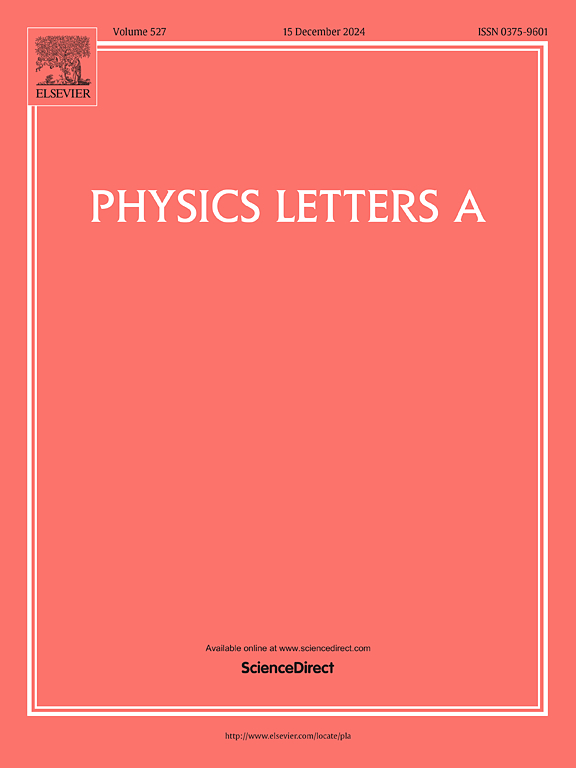Numerical study on cavitation bubble dynamics with dual-frequency excitation in magnesium alloy melt
IF 2.3
3区 物理与天体物理
Q2 PHYSICS, MULTIDISCIPLINARY
引用次数: 0
Abstract
The enhancement and control of acoustic cavitation in liquids by dual-frequency excitation have been verified. However, the effect of the acoustic parameters of the dual sources on the cavitation bubble dynamics is not clear and further studies are needed. In this work, a dual-frequency driven bubble dynamics model is developed based on the Keller-Miksis equation. The effects of equilibrium radius, driving frequency, and acoustic pressure on the dynamic evolution of a single bubble are investigated. The results indicate that the cavitation bubble collapse strength is high and sensitive to frequency variation in the low-low or low-high frequency domain. At low-low frequency coupling, dual-frequency ultrasound enhances cavitation. At low-high frequency coupling, dual-frequency ultrasound weakens the acoustic cavitation. With both driving frequencies larger than 100 kHz, the collapse strength reduces to a stable low level and no longer responds significantly to frequency variation. Increasing the acoustic pressure enhances the synergistic effect between the two distinct frequencies. The collapse strength for two equal frequencies is independent of the pressure ratio. For two distinct frequencies, increasing the pressure ratio of a lower frequency increases the collapse strength significantly. Higher collapse strength is often obtained at the cost of longer collapse time.
求助全文
约1分钟内获得全文
求助全文
来源期刊

Physics Letters A
物理-物理:综合
CiteScore
5.10
自引率
3.80%
发文量
493
审稿时长
30 days
期刊介绍:
Physics Letters A offers an exciting publication outlet for novel and frontier physics. It encourages the submission of new research on: condensed matter physics, theoretical physics, nonlinear science, statistical physics, mathematical and computational physics, general and cross-disciplinary physics (including foundations), atomic, molecular and cluster physics, plasma and fluid physics, optical physics, biological physics and nanoscience. No articles on High Energy and Nuclear Physics are published in Physics Letters A. The journal''s high standard and wide dissemination ensures a broad readership amongst the physics community. Rapid publication times and flexible length restrictions give Physics Letters A the edge over other journals in the field.
 求助内容:
求助内容: 应助结果提醒方式:
应助结果提醒方式:


